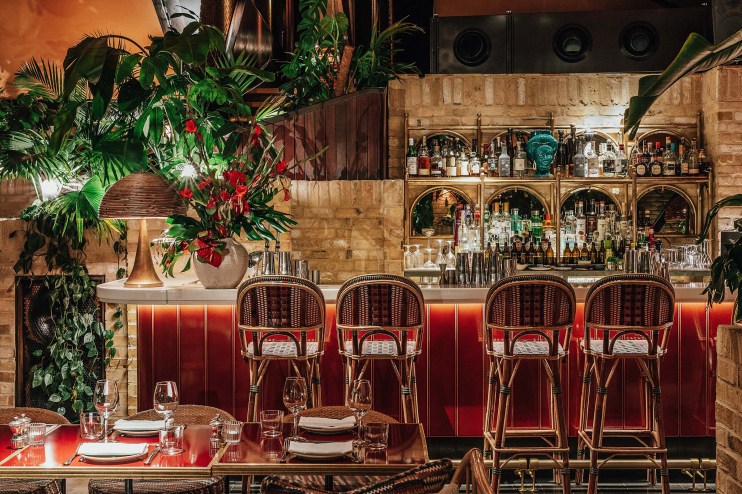Private members’ clubs should be more than just a place to party

Private members’ clubs are thriving against the odds, but it’s not just partying and posturing that’s so appealing, writes Sascha O’Sullivan
When the dome sitting atop the iconic Camden club Koko burnt down, it was rebuilt with an almost obsessive attention to detail, using old photos to replicate the design which has loomed over the massive 1,500 capacity space a stone’s throw from Mornington Crescent station.
Hugging the theatre famous for the queues of people who wait, often in the cold, for music of all varieties, is a private members’ club, designed with the same love for details and music – think chairs with references to David Bowie’s famous lightning bolt, and heavy velvet curtains that staff are trained to keep neatly folded in even pleats.
London probably didn’t need another private members’ club: you’ve got the Whitehall joints for old-school politicians and their friends, 5 Hertford Street for the cast of Made in Chelsea (and Liz Truss), Groucho for the ageing creatives, Annabel’s for the bougie newcomers and Soho House for, well, pretty much everyone else.
In fact, Soho House – which last November disappointed investors after its revenues fell short of expectations – was so concerned with being seen as “too accessible” that the club has decided to stop accepting new members in London, New York and Los Angeles.
But what Olly Bengough, owner of Koko, has created is not simply another addition to the list of “give your name at the door” addresses in London, it’s a testament to the original vision of the club, once called the Camden Theatre, a place which has hosted the likes of Charlie Chaplin and The Rolling Stones. It is also a gentle nudge that perhaps private members’ clubs don’t have to simply be an excuse to party away from prying eyes. They can be somewhere to find new music, appreciate new artists or up and coming comedians; this is what Bengough envisaged.
Ellen’s, a jazz bar with a list of up-and-coming musicians who play every Thursday night, is Bengough’s favourite place within the club, because he is able to watch members fall in love with new music.
“[It’s special] when you get to see something through someone else’s eyes,” Bengough told me. He was talking about watching his 16-year-old daughter fall in love with Taylor Swift, but he could’ve just as easily been talking about his vision for Koko.
From his reserved table at the back of the bar, he can watch members sit in a plush room, with perfect acoustics, and listen to Judi Jackson or Josh Barry.
The club is also heavy with history. During the refurbishment, they opened up into the old dome, now one of the three bars, and found a pack of cigarettes and some film from 1920.
The theatre was originally built in 1900 and the renovation in 2019, just pre-pandemic, was the first of large-scale refurbishment. What sits there now is actually three buildings stitched together: the theatre, an old piano factory built in 1800 and a pub from 1860.
“By putting the three buildings together, it architecturally has created a unique journey that I don’t think exists anywhere in the world,” Bengough said.
Even wandering through the club in the daylight, it is a labyrinth. Down the bottom is a restaurant open to all, with a secret passage to “door 101”, leading to the main theatre, a members-only bar in the old dome, with a set of stars hidden behind the bar also taking you to the central club, and seemingly dozens of other doors leading all over the building, including to the two restaurants, vinyl rooms, and the theatre, where members can access the main stage.
Private members’ clubs, in theory, should be the antithesis of an age shunning exclusivity, and an economy where disposable spending is squeezed to its utmost.
And yet they are thriving. Harrods is opening a private members’ club outpost in Shanghai, and Aman is hoping New Yorkers will cough up $200,000 to sip overpriced cocktails in Manhattan.
In other words, it’s becoming a saturated market because, quite simply, people want a place to go. But paying simply to have somewhere to drink is not very Gen Z, who are even shunning pubs in favour of drinking at home. Koko’s bet is that by combining a love of music and history, it can be a cut above the oh-so-millennial obsession with Instagrams of the pool at Shoreditch house.
